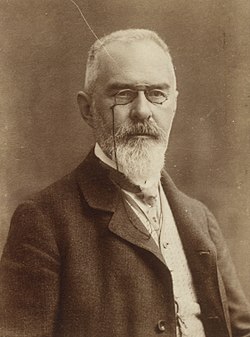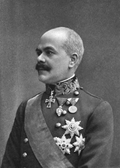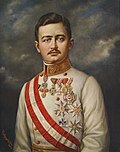| Minister-President of the Austrian Empire | |
|---|---|
 | |
| Status | Head of Government |
| Seat | Vienna |
| Precursor | State Chancellor of the Austrian Empire |
| Formation | 20 March 1848 |
| First holder | Franz Anton |
| Final holder | Heinrich Lammasch |
| Abolished | 11 November 1918 |
| Succession | Chancellor of Austria |
The minister-president of Austria was the head of government of the Austrian Empire from 1848, when the office was created in the course of the March Revolution. Previously, executive power rested with an Austrian State Council, headed by the emperor himself, from 1821 under the chairmanship of State Chancellor Prince Klemens von Metternich. The office of minister-president was not refilled from 1852, when Emperor Franz Joseph resumed control of the government affairs, and was replaced by a coordinating chairman of the Austrian Ministers' Conference.
Contents
- Austrian Empire (1804–1867)
- Minister-presidents
- Presidents of the Conference of Ministers
- Austria-Hungary (1867–1918)
- Minister-presidents of Cisleithania
- See also
According to the Austro-Hungarian Compromise of 1867, executive powers were divided between the emperor-king, the minister of the Imperial and Royal House and of Foreign Affairs as chairman of the k. u. k. Ministers' Council for Common Affairs, and the minister-presidents of the Cisleithanian (Austrian) and Hungarian halves of the Empire. After the dissolution of the Austro-Hungarian Monarchy in November 1918, the head of government in the Austrian Republic since 1920 has been the federal chancellor.










































